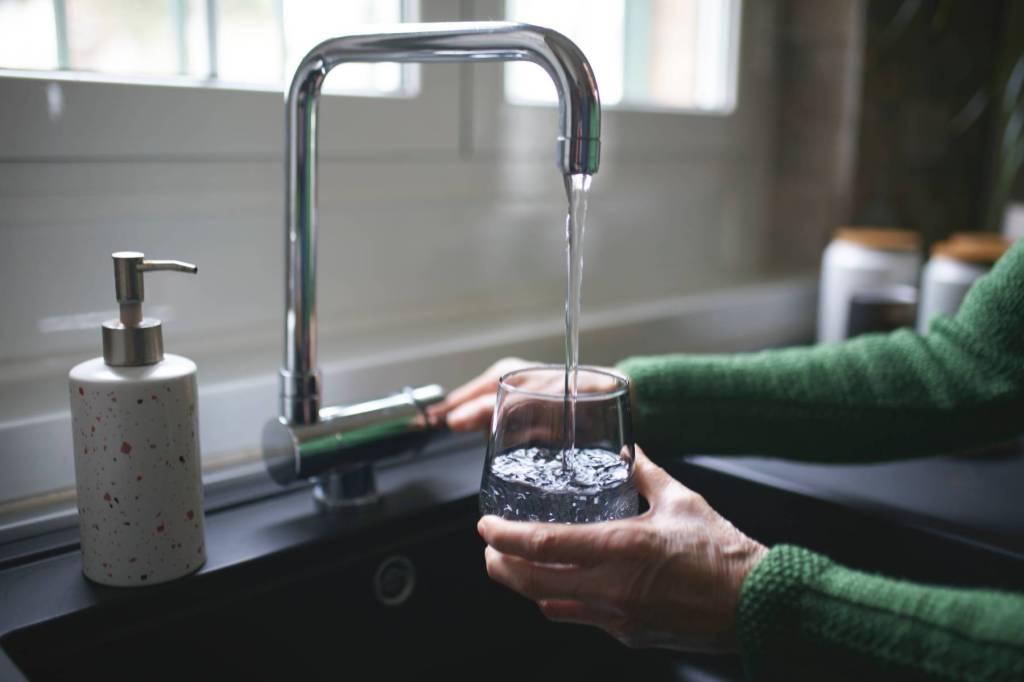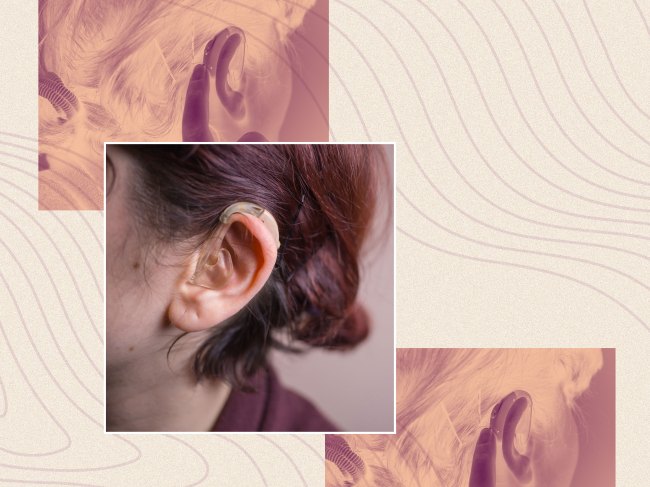At the beach: Sound advice for hearing aid wearers
Before you get off your beach towel or sunlounger and go into the water along the shore, you’ll typically take off your watch and sunglasses. But some people should remove something else too, namely their hearing aid.
This is the advice of audiologist Eberhard Schmidt. Here he answers several questions on how hearing aid wearers can protect the sensitive electronic device at the beach.
Should you always remove your hearing aid before swimming?
Hearing aid specialists recommend staying on the safe side, so the answer is yes. While the batteries ae well protected from water, “every hearing aid has two components that are exposed: microphone and speaker,” says Schmidt, also president of Germany’s Federal Guild of Hearing Aid Professionals (biha).
If these sensitive parts get wet, water’s capillarity – its tendency to flow into narrow spaces without external forces such as gravity – can cause moisture to seep into the device and damage it, he warns.
Hearing aids can tolerate brief contact with water, but they’re not made for swimming – at least most of them aren’t. “There are, however, a few hearing aids equipped with a special membrane that are truly water-resistant and can also be worn when you swim,” he notes.
What about the post-swim shower?
Here, too, you should play it safe and not be wearing your hearing aid. “A stream of water exerts a certain pressure, and it’s not good for the device if water is pressed into the microphone opening,” Schmidt says.
You forgot to take out your hearing aid and it got wet. What should you do?
There’s no reason to worry – if you take a few measures. Schmidt advises wiping it dry and cleaning the microphone opening with a small brush. This will disrupt the capillary action of the water.
“Then you’ve got to make sure the device dries,” he says. Desiccant capsules can help by absorbing moisture. So can an electric dry box, also known as a desiccant dry cabinet or dehumidifying cabinet.
“These airtight containers are equipped with a fan heater, creating air movement that causes any moisture [on objects placed inside] to evaporate,” Schmidt explains.
You can also put your hearing aid into one of these containers when it becomes damp with sweat on hot summer days. Schmidt advises wiping it afterwards with a disinfectant wipe. This removes salts left from sweat, which can also damage the device.
What else should you be mindful of during a day at the beach or seashore?
Schmidt has three tips. The first is to be careful with sunscreen sprays, as “they can clog up the microphone opening.” The same goes for hairsprays and self-tanning sprays.
So before spraying something on your face or head, remove your hearing aid. After letting the spray soak in, reinsert the device with clean hands. Or use a cream instead of a spray, “in which case you’ve got to take care not to get cream on the hearing aid,” Schmidt says.
Tip number two: Beware of fine sand, because “anything that’s very, very tiny can naturally get into the microphone opening.”
So you need to be extra careful if you’re at a beach with fine sand, especially on a windy day. You’d do well to remove your hearing aid, but there’s another possible solution: “You might have headgear at hand that also covers the microphone opening,” suggests Schmidt.
There’s no cause to worry if the beach is covered with coarse sand or pebbles though.
Schmidt’s third tip is to tuck your hearing aid away in a safe place while you’re swimming. Sure, it might be a hot day and you’re eager to get into the water, but Schmidt warns against carelessly sticking the device into a trouser pocket or beach bag – in part because there’s likely to be sand inside.
“First of all, hearing aids are of course very small,” he says. “And second, they’re also very delicate, and you could put a bottle or whatnot on it.”
The solution is to have a hearing aid case with you. There the device will be secure, whether you’re at the beach or a pool.





